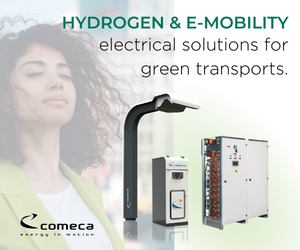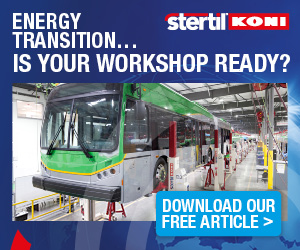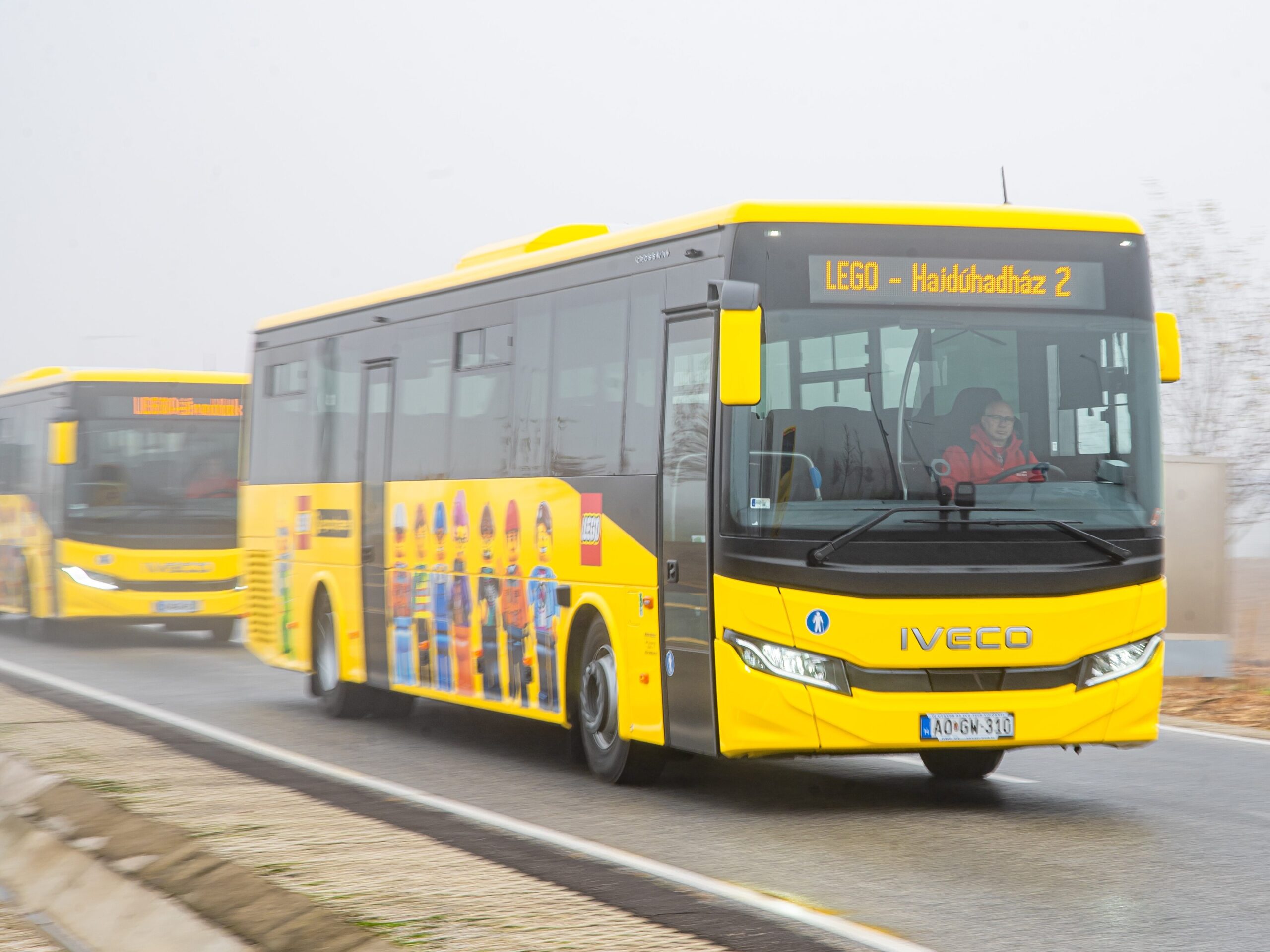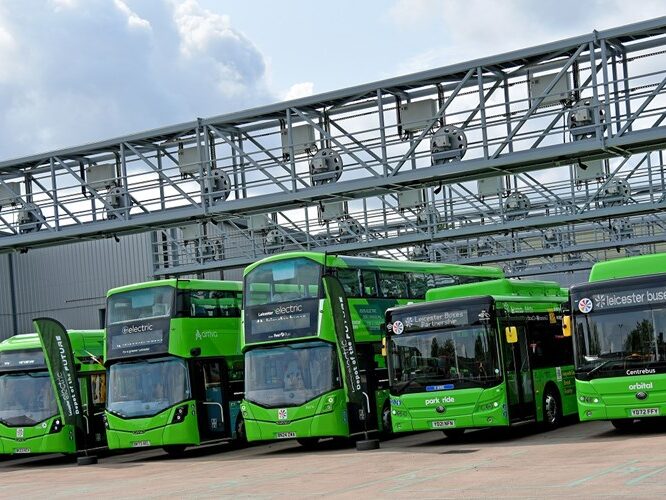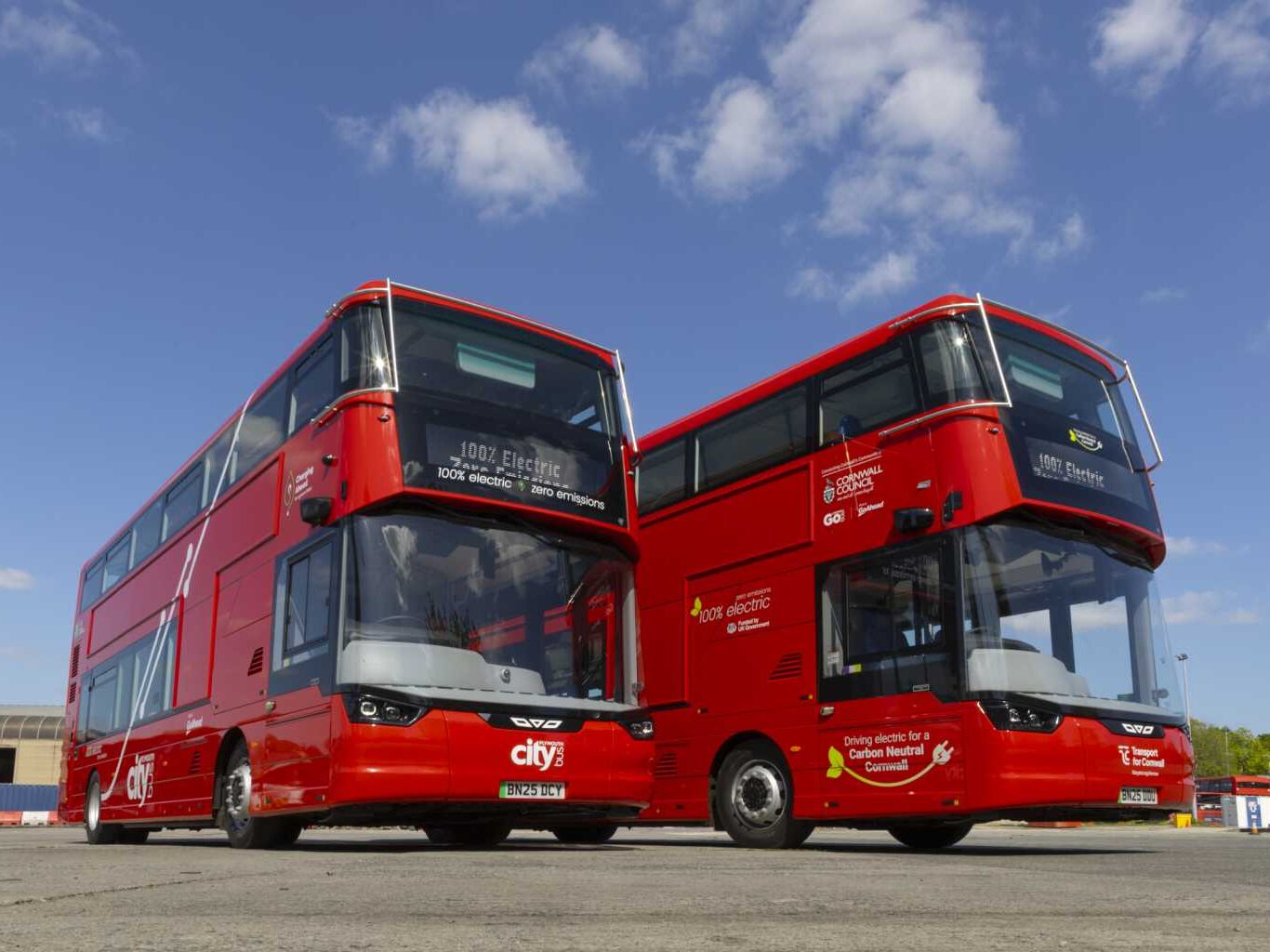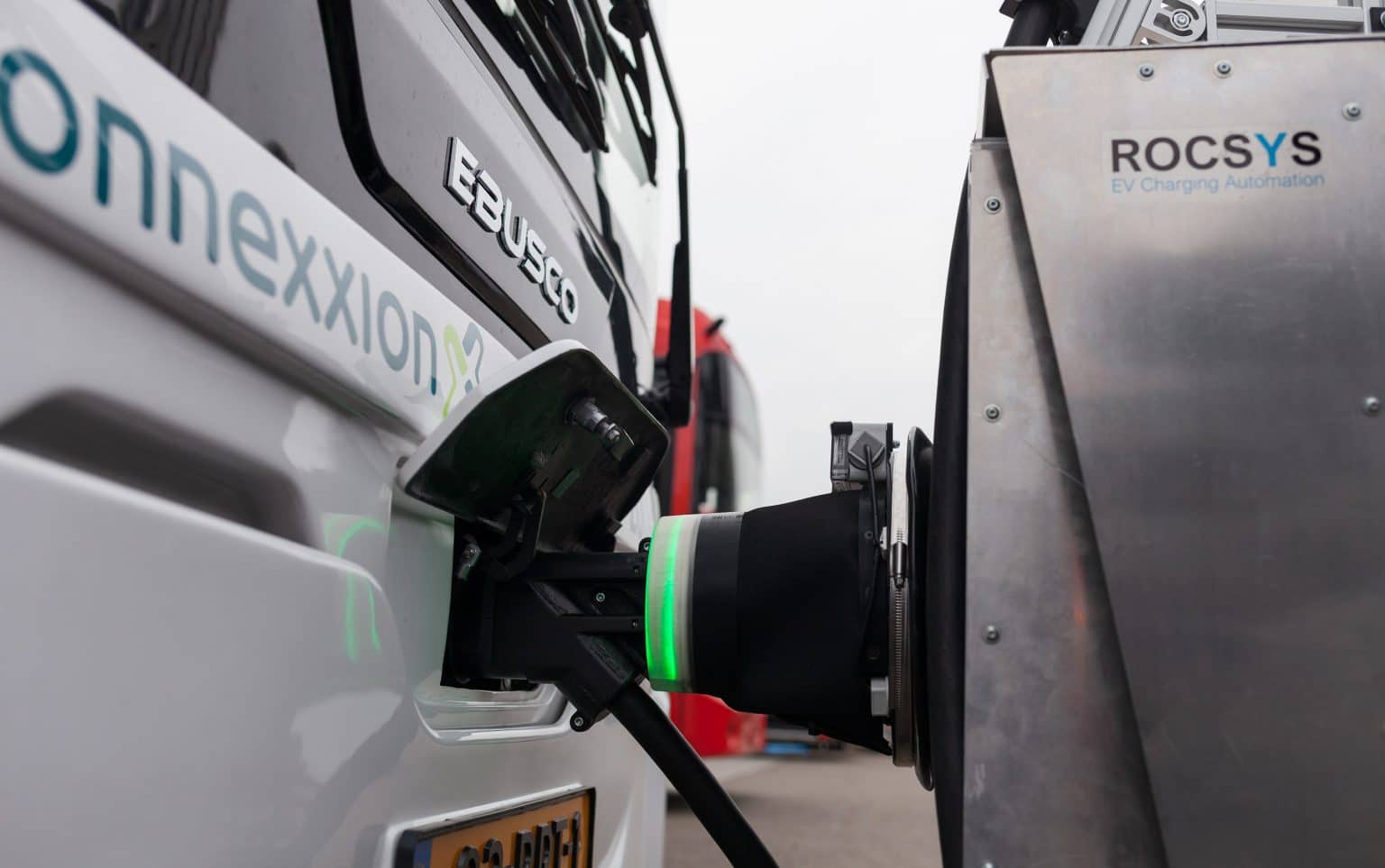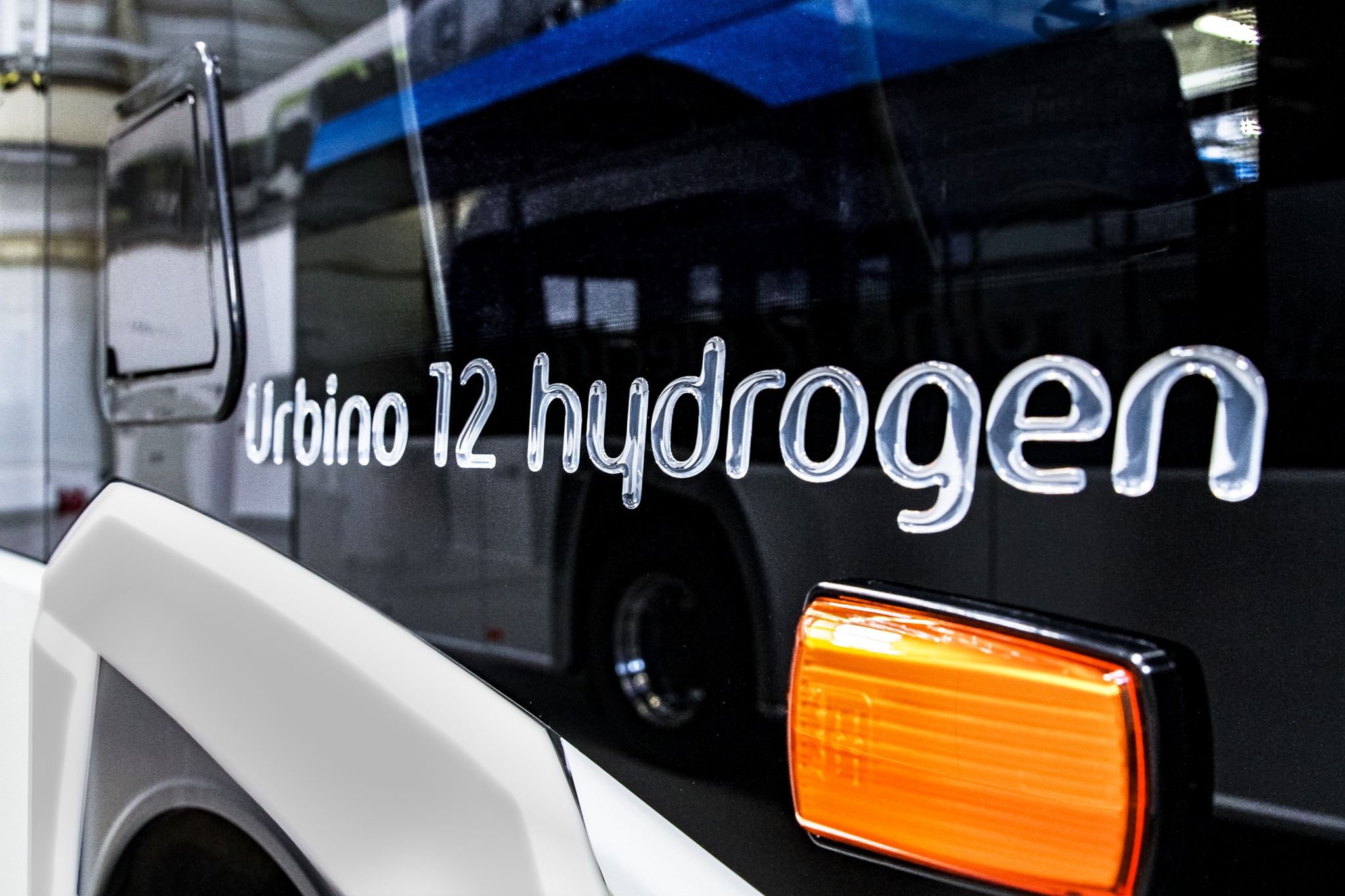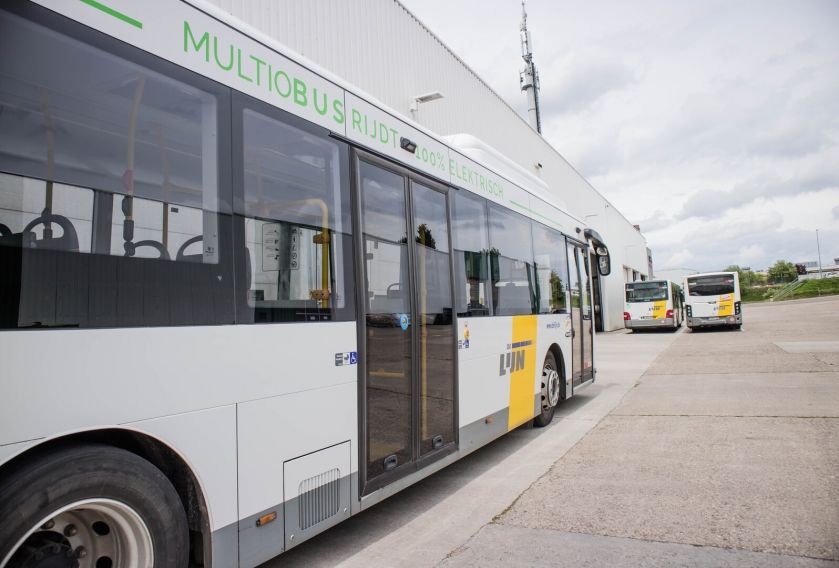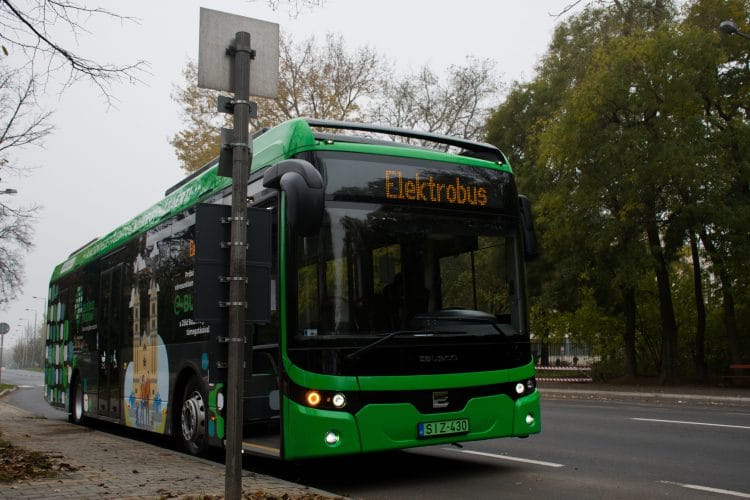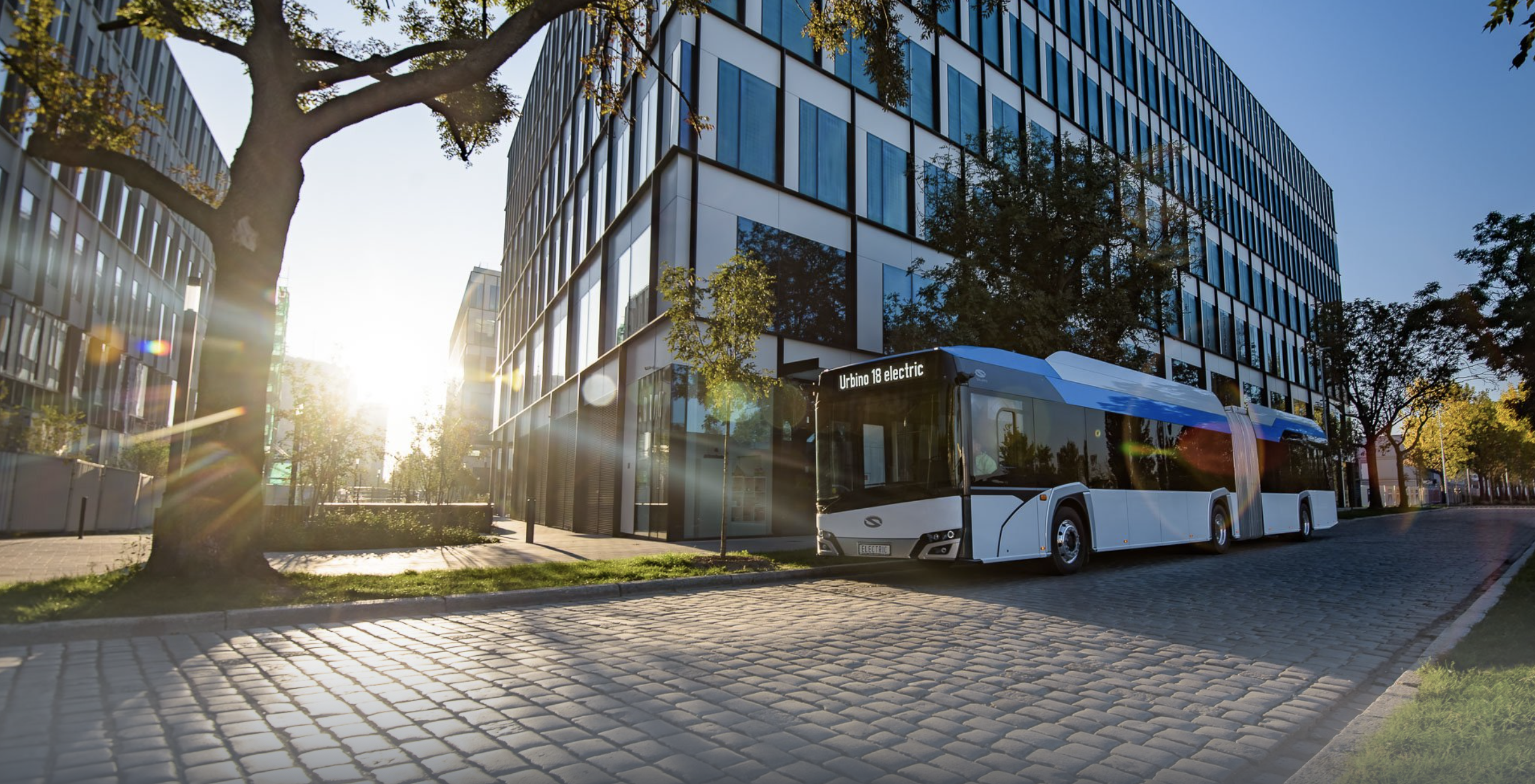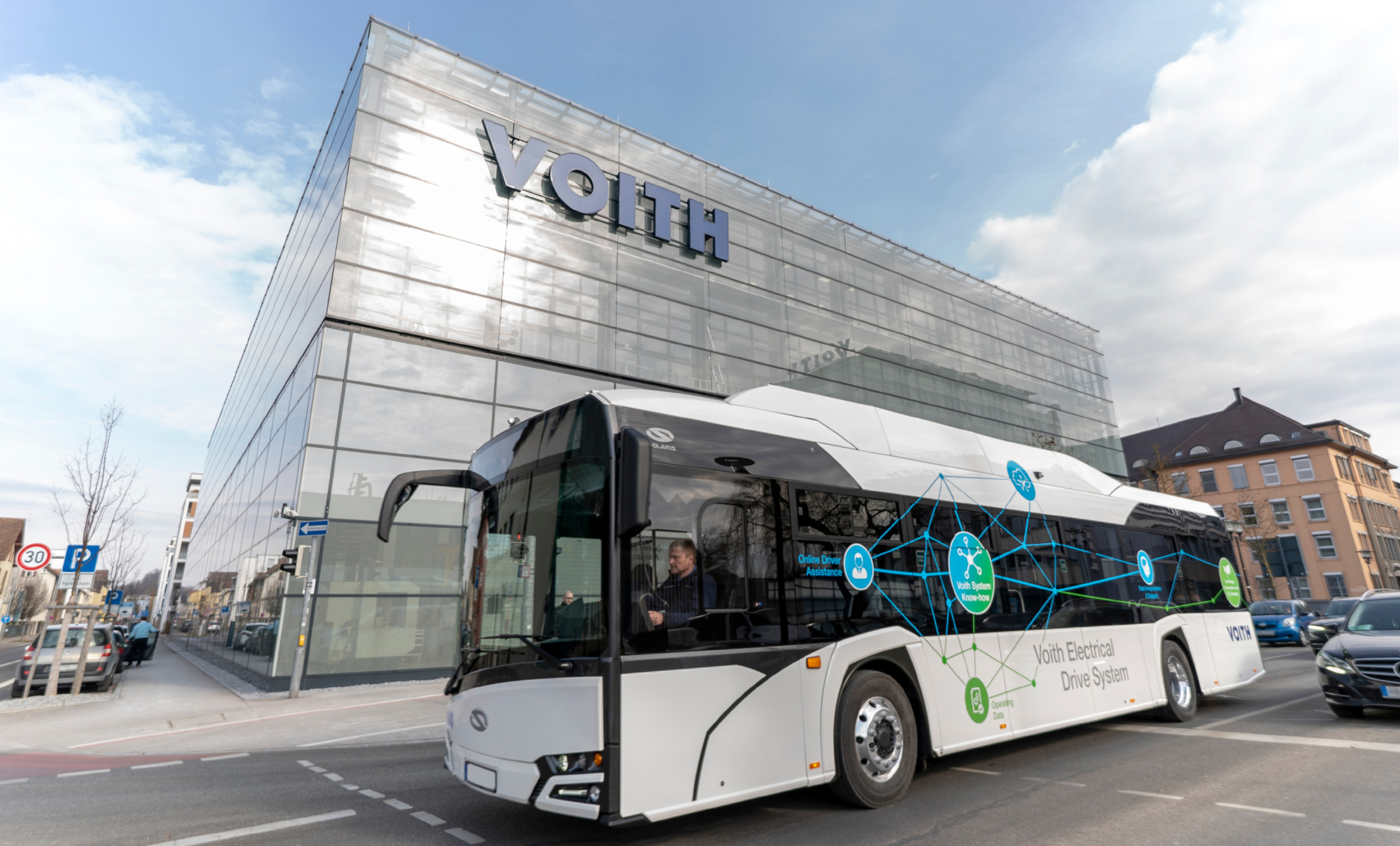750 Drivers Prepare to Go Electric with Volvo
Driving technique has an important impact on the energy consumption of an electric bus. In Gothenburg, Sweden, 750 drivers are preparing for one of the biggest transitions to electric public transport in northern Europe.
On 13th December, 145 Volvo 7900 Electric Articulated buses will begin operating on the streets of Sweden’s second-biggest city. The new buses will be a big change to Transdev’s operations in the region – overnight, nearly half of its fleet will become electric.
Training Manager at Transdev, Ulf Lönnberg, said:It’s very exciting and the drivers who have driven electric buses before are very positive. Thanks to the buses being so quiet and not having any vibrations, you do not get as tired after a working day. Our drivers are experienced and good at driving buses. The big difference as I see it is the charging, it is a completely new situation for most people.
Together with his colleagues, he will train a total of 750 drivers over five weeks. As part of the training, theory is mixed with practical elements such as charging on route and in the depot, as well as driving technique.
The buses, which operate on 34 different routes, will be charged at charging stations at end stops and via cable in the depots during the nights. To ensure an optimal charging infrastructure, Transdev has built 19 new charging stations around the city.
Lönnberg, added:To keep traffic flowing, all drivers need to know how it works. For the first month, we will have extra staff on-site both out on the routes and in the depots, who can help if needed.
The driver training is held at the Volvo Buses Experience Center in Gothenburg. In addition to providing facilities, Volvo Buses is also responsible for training traffic instructors at Transdev.
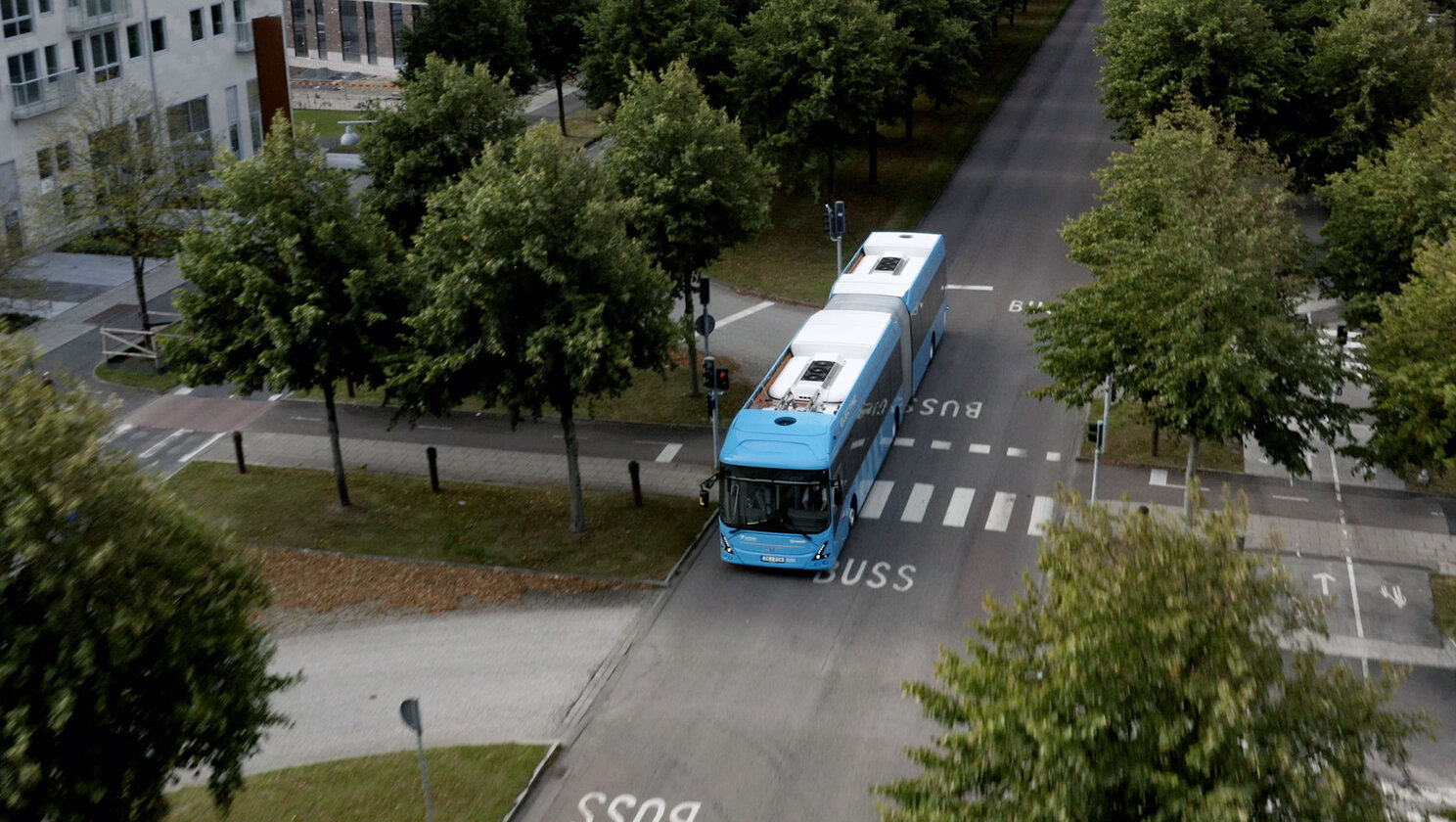
Trenda Johnson, Coordination and Communications Manager at the Volvo Buses Experience Center, has trained instructors from bus operators in several cities in Sweden and Norway.
Coordination and Communications Manager at the Volvo Buses Experience Center, Trenda Johnson, said:By giving drivers good training and ensuring that they are well prepared, we avoid simple mistakes and ensure a smooth start. In such a large transition, it is extra important that the drivers feel comfortable with how the bus works, how it should be charged and what is important to keep in mind while driving.
A driver with optimal driving technique can save up to 30 per cent in energy. It’s important that everyone understands how the technology in an electric bus works and how driver behavior affects energy consumption. A good driver can help keep costs down and reduce the environmental impact.
Tests carried out by Volvo Buses show that drivers have a big impact on the battery’s energy consumption.
How a driver brakes and accelerates are two things that are important for energy consumption. By braking gently, the energy generated can be returned to the battery instead of disappearing as heat. Accelerating slowly requires less energy than accelerating fast. As a driver, it is therefore extra important to plan your driving carefully and adjust your speed before traffic lights and intersections.
Pia Nilsson is one of the 750 drivers at Transdev who has completed the training. She has been a bus driver for 20 years and is experiencing electric buses for the first time.
Driver at Transdev, Pia Nilsson, said:The training was very instructive. Driving and charging was easier than I thought it would be, and the bus is so much quieter and more comfortable than the buses I’m used to. I’m really looking forward to this – my colleagues and I will have a much better working environment.
Pia Nilsson is one of the 750 drivers at Transdev who has completed the training. She has been a bus driver for 20 years and is experiencing electric buses for the first time.
Volvo 7900 Electric Articulated
- The Volvo 7900 Electric Articulated is 18,75 meters and can carry 150 passengers.
- The buses will be charged at fast-charging stations along the route, using the industry common charging interface OppChargeTM.
- At night, the buses will be charged via a CCS cable in the depot.
- The bus holds six lithium-ion batteries with a capacity of 396 kWh.
- The dual electric motor with two-speed transmission has a maximum power output of 2×200 kW, and maximum wheel torque at the driven axle of 31 kNm.
This article was originally published by Volvo Buses.




